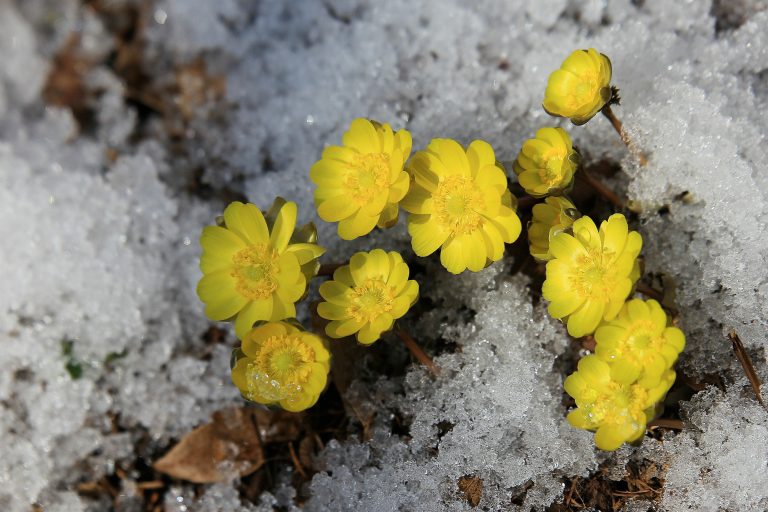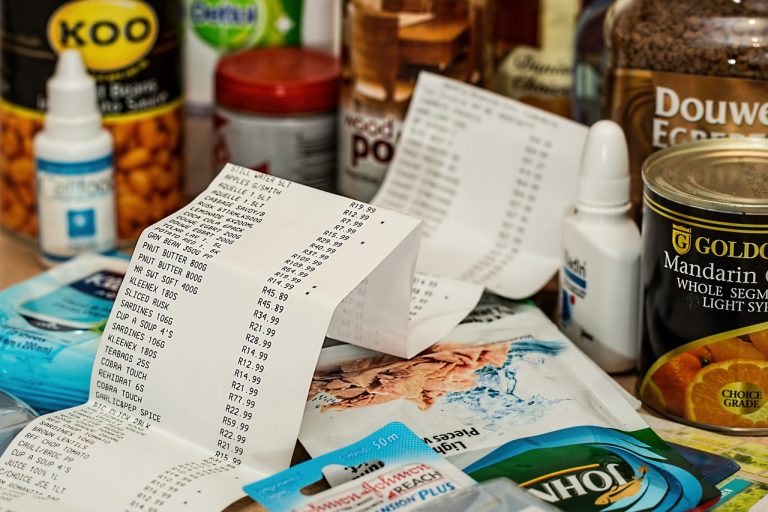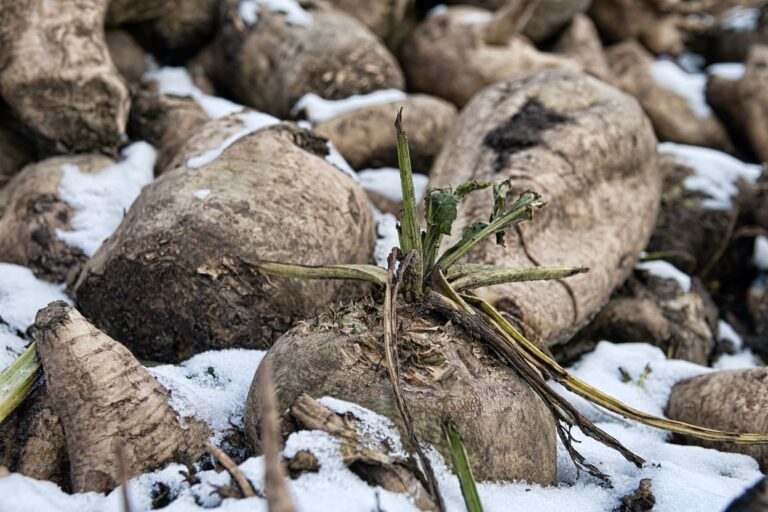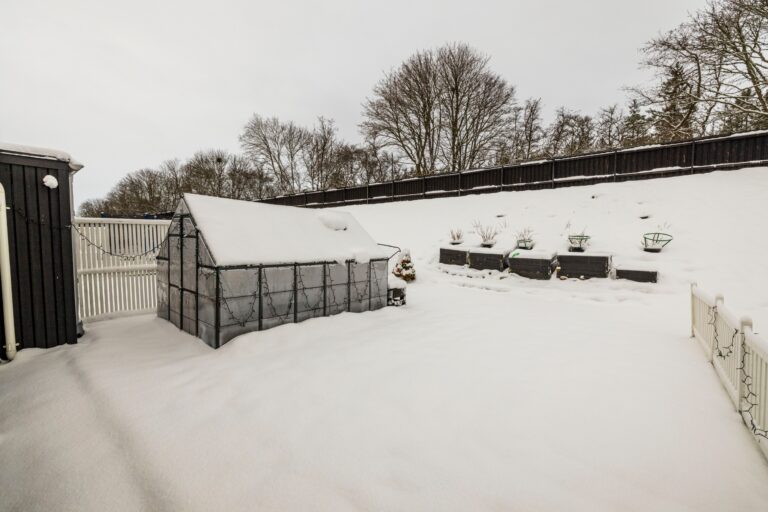Winter may bring frosty mornings and shorter days, but who says your garden has to hibernate? With the magic of winter plants, you can transform those chilly months into a season of vibrant colors and lush textures. There are more options than you may think, with various types of berries, bushes, flowers, and vegetables that…
winter gardening
Winter Food Budgeting for the Frugal Gardener
In the past, I always noticed a jump in our food budget over the winter months. You’d think that the summer, with its frequent BBQs and outdoor game nights, would put a more significant dent in the budget, but I’ve noticed the opposite. In the summer, we get a lot of food right from the…
Top 8 Edible Plants You Can Grow in Winter
When temperatures start to drop, many people think gardening has to stop. That’s not true. Here are the top 8 edible plants you can grow in winter. Tons of edible plants can survive winter temperatures, rain, and poor soil drainage conditions. And purple varieties, in particular, contain a compound (anthocyanin) that helps prevent root rot…
Tips to Prevent Winter Plant Damage
Winter plant damage can come from several places: storm damage, frozen roots, and damage to foliage from cold temperatures and strong winds. But with some planning and hard work, you can prevent these types of damages on your precious plants. Protecting Foliage Covering Trees/Shrubs If you fear that the leaves or needles of your…



